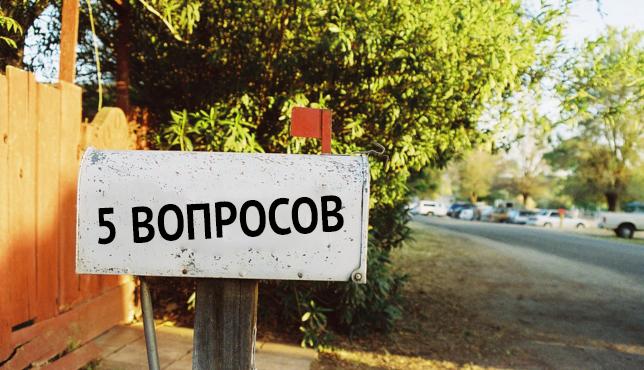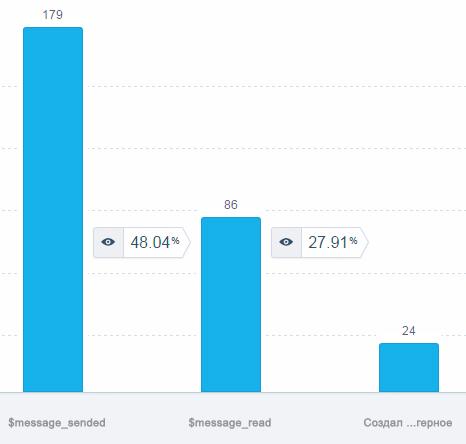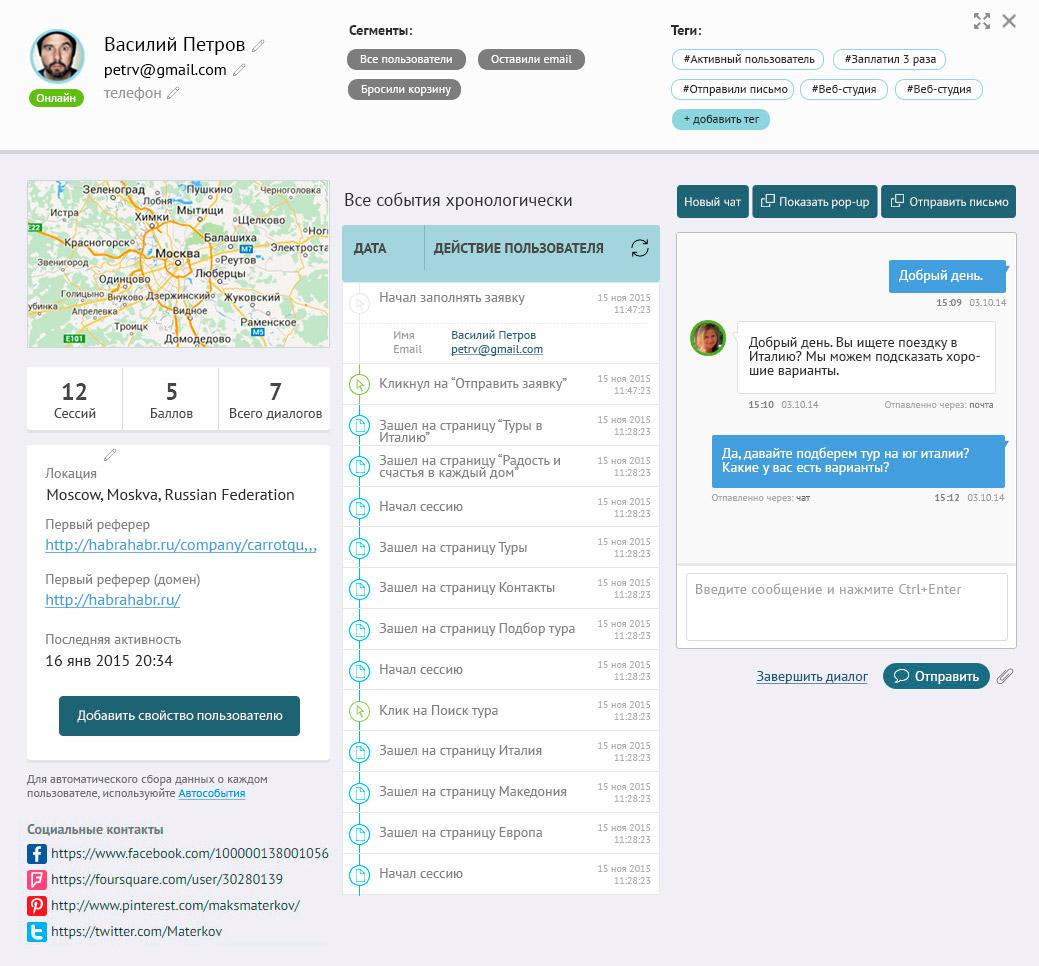5 questions to help you create an effective newsletter

In order to compose a correct, well-formulated and personalized message (it doesn’t matter in a chat or in a letter), you need to try hard to understand the wishes and needs of the addressee. Let's figure out how to create an effective newsletter for our users.
To compose a truly attractive and competent letter, it is worth remembering these five questions:
Why, What, To, When, and Where.
1. Why are you creating this newsletter?
Always ask yourself this question: why do you need this letter? After all, every message that you send to a client should serve a clearly defined purpose - maybe you want your client to register on your site, or maybe this is an offer to switch to a new tariff? Knowing exactly what you want to achieve from the client, you can build a competent structure of the letter and calculate the effect that the letter should have.
Let's see how this happens in Carrot Quest. In addition to tracking standard mailing list metrics (I opened the letter, clicked on the link), we can build a funnel and see how this letter affected the further actions of these users. For example, if you send a letter with an offer to try your new product (in the funnel you will see how many users who read the letter eventually bought a new product).
This is achieved through the integration of Carrot Quest with Mixpanel, it takes only a couple of minutes to set up. Here is our example of such a letter. This is a letter with a lesson, the purpose of which is to encourage the user to try trigger letters in our service. The main goal - the user will create a trigger message.
We collect only 3 actions: the letter is sent - the letter is read - created a trigger message. This will help not only evaluate the effectiveness of the letter, but also test it on a different audience and make the best option for everyone. This is personalization.

This way you can track how your posts have impacted users. For example, whether users bought after writing or read information about a new service, and many other scenarios.
2. What are you saying?
At Carrot Quest, we are well aware of the value of personalizing customer interactions: that's the point! Regardless of what goals you intend to achieve with the letter, there are five key parameters to the content of your letter. Try to deal with them and delve into them, otherwise reading further simply does not make sense.
- If you already know the username, then try to contact the message by name. For example - hello, Dima. This is very easy to do in the service, you need to set the {{user ['$ name']}} parameter, when sending it will substitute the username. You can also insert any user properties that you collect in Carrot Quest (for example, last name, city, product that the user viewed, etc.);
- Be concise. Your message should be moderately capacious and have a clear message, otherwise, the client will quickly stop reading it;
- Be polite and gentle. This is the key to communication. Do not use specific jargon from your sphere, do not forget that not all clients are experts on your business;
- Control the manner of communication. With the growth of the company, do not forget to introduce a common communication style for everyone.
- Go straight to the point without long introductions. Do not forget that the client has something to do besides looking at your letters.
3. Who are you writing to?
The identity of the addressee determines everything. In Carrot Quest, we found the right approach to segment and delimit a huge customer base. We make our communication with the client meaningful and personalized.
It all starts with a customer analysis. It makes no sense to communicate with all clients at once. It is much more logical to segment clients according to the type of their activity. For example, focus on customers who have not tried the new features of your service or new product, and tell them about them. Do not try to tell them what they have already used, it is ineffective.
You should know everything about the client in order to personalize your message as much as possible. Here's what each user’s card looks like in Carrot Quest:

All information about the user is collected in the card and service: what is his name, where did he come from, what pages did he visit, what did he enter, what buttons did he press and more. Further, such clients can be segmented by different filters.
For example, customers who have not tried your new products and services. You can segment them and create a personal letter. At the same time, you do not "irritate" those who have already used these new services or a product.
4. When exactly do you send the message?
To achieve the maximum effect from each letter, you should send them at a suitable, precisely verified time. But how to understand when you need to send a letter to a client if you have a large and diverse client base?
To begin with, it’s worth creating a kind of schedule for mailing. This table should include features not tested by the client, products and features, distributing information over a time period.
Start with a simple time period, where you can mark key points and events, at the time of which, in your opinion, the client just needs to read an important message from you! As the client plunges into your service or company products more and more, he needs to be given the opportunity to evaluate the new opportunities for using your product. Take travel notes for the customer. This is a great way to remind you of the value of your product.
In Carrot Quest, we use letters with lessons that are sent sequentially after user registration. They are designed to tell all about the product and help the user as you immerse yourself in the service.
5. Where does the letter go?
The bottom line is that it is important to remember not only the addressee of the letter, but also WHERE exactly he will read the letter. And not only: from which device will the client sit? All this is of great importance to the effectiveness and efficiency of writing.
Any external irritant may interfere with your letter: children, news, physical activity, social networks. In the morning, without really opening your eyes, you can easily skip the letter. Do not think that in the morning users all consciously look through mail and analyze each letter.
Chat messages are much better in this regard and always in topic. It is worth considering that most often the user receives such messages when he sits on the Web after lunch or in the evening on the couch.
It’s not easy to get a client to drop by, read and become interested in your letter. However, if you take these five questions before scheduling a message, it can be invaluable. Each message has its own place, time and content. Only in this case you will receive feedback from the client.
With pleasure, the team of Carrot Quest is an Internet marketing automation service (which combines eCRM, online chat, email newsletters, pop-ups and web analytics).
Some of the information has been translated from the book Customer Enagagement.
